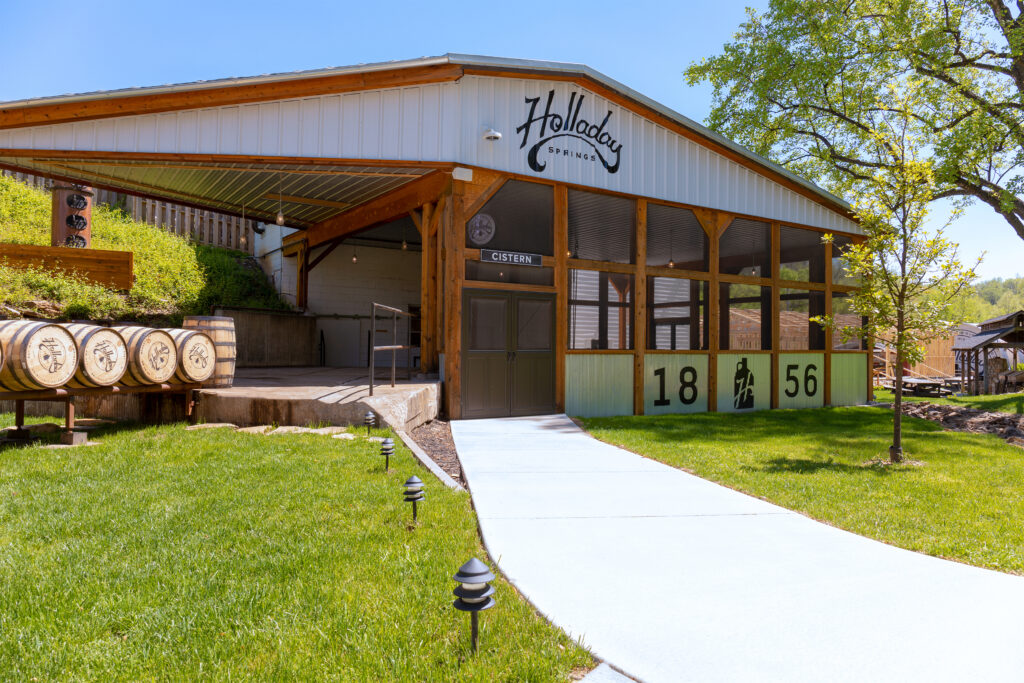
By: David DeLorenzo
There is a plethora of things business owners in the hospitality industry need to oversee and manage. Bars and restaurants that serve alcohol have the added challenge of serving their customers while also avoiding the liabilities associated with a guest’s alcohol consumption — and the choices they make upon leaving an establishment.
One of the biggest dangers bar and restaurant owners should steer far clear of is becoming part of a lawsuit related to drunk driving. It cannot be overstated that establishments serving alcohol need to be extremely diligent about their protocols and also vigilant about their insurance policies. They should ensure they not only have proper coverage to protect their business and staff in the event of an alcohol-related lawsuit, they should also stay on top of the ever-changing liquor laws. This is for the safety and protection of all parties.
First and foremost, bar and restaurant owners should have good insurance. They also need to be aware of what their policies cover — and what they don’t. Though understanding the ins and outs of insurance may not seem like something that a hospitality business owner has time for, it is vital to the success of their business. Ideally, a bar or restaurant owner should work with an insurance agency that specializes in their industry and is well versed in the laws that impact it. They should also work with an agent who keeps current on the ever-changing laws that pertain to things like liquor policies. Keep in mind unexpected changes such as the ability to sell cocktails and other alcoholic beverages to go during COVID as well as marijuana usage and weapons exclusions, too, which are impacting today’s businesses in new ways.
It’s always recommended business owners have their policies reviewed at least once a year. This way, they can be notified of changes or new exclusions or endorsements and take stock of whether they need to modify or add to their current policies to better protect themselves. This is also a good time to make note of any changes to the company that need to be reflected and protected in their policies. The “better safe than sorry” adage is not too cliché for this scenario. Just one incident can put a company out of business if they are not properly covered. Just as with auto insurance, some people may not understand they didn’t have the right coverage until an accident — and then it’s too late. This is where an agent that specializes in the hospitality industry can best guide and protect the business, staff and customers alike.
Beyond air-tight insurance coverage, there are many things bar and restaurant owners can take into their own hands to ensure the safety and protection of staff and customers. Bar and restaurant owners should ensure they have the current certificates for serving alcohol in their state.
Education is crucial. Employees must understand how liquor law works, how they can notice intoxication and know what steps that need to be taken in order to avoid overserving of alcohol.
This begins with safety training for all staff as well as training staff on how to properly identify an intoxicated person before they even enter the bar. Is it also vital that staff understands how to detect whether a customer is becoming intoxicated during their service.
It is illegal for an establishment to allow an intoxicated person onto their premises — so safety begins at the door. It is important that a bar have door security to do ID checks to ensure first that guests are indeed of age and also that they are not intoxicated before they even step inside. In addition to door security, bars may want to invest in security personnel for their exterior or parking lot areas as well.
Upon entry, it is also essential that staff understands how much is too much when it comes to serving their patrons. Training staff on the obvious symptoms of intoxication can help prevent a lawsuit. Signs to watch for can include slurring speech, becoming loud, the pace of their drinking, red eyes or flushed face. It is also important to note that it is illegal to serve an intoxicated person whether or not they are driving.
Obviously no bar or restaurant owner wants to turn away customers or have to cut them off during their service. However, these measures need to be seen as non-negotiable safety protocols for staff and customers. It could be a matter of life or death if an intoxicated person decides to leave, get in their car and drive away. They are then not only putting their own lives in danger but putting others’ lives at risk.
Another strategy bar and restaurant owners can employ to help protect themselves is the use of surveillance cameras in and around their property. This can be a lifesaver. Video surveillance can provide timestamped evidence of an incident, such as a fall in the kitchen or a server-customer interaction that can help prove vital in a court of law. Surveillance cameras are a wise investment and are there for safety and protection of all parties.
It’s also crucial to think about specials bars and restaurants are offering. While happy hour drink specials are a great way to bring in much-needed customers to help boost sales, this can be a risky move — especially reverse happy hour specials that are offered at the end of the night or right before the restaurant is closing. It’s also a good idea to avoid “last call.” These measures can be construed in a lawsuit as encouraging patrons to order more drinks before alcohol will no longer be served or to order more alcoholic beverages because they are being offered at a discounted price.
It is also key to stay up to date on liquor laws. Knowledge of any changes should be a red alert to check with the company’s insurance agent to see how that might impact current coverage. Staying in communication with their insurance agent can also help bar and restaurant owners ensure they are properly covered as laws and policies change.
I understand that is a lot to keep up with, especially while trying to operate a bar or restaurant in today’s unstable climate. That is why I created my Connector and Protector Hospitality Series on YouTube. It features videos and interviews with experts on topics such as liquor liability and more to help guide bar and restaurant owners. It is a goal of mine to help my clients and everyone in the hospitality industry be successful — and safe.
The bottom line is that no one wants an accident to happen to their customers or their staff. Putting simple protocols in place to avoid an incident may seem tedious. However, they can be lifesaving and could save a business if it is hit with a liquor liability lawsuit. Taking proactive and protective measures is for the benefit of all.
Out of his passion to serve the restaurant and hospitality industry, David DeLorenzo created the Bar and Restaurant Insurance niche division of his father’s company The Ambassador Group, which he purchased in 2009. For more than 20 years, he has been dedicated to helping protect and connect the hospitality industry in Arizona. For more information visit barandrestaurantinsurance.com









